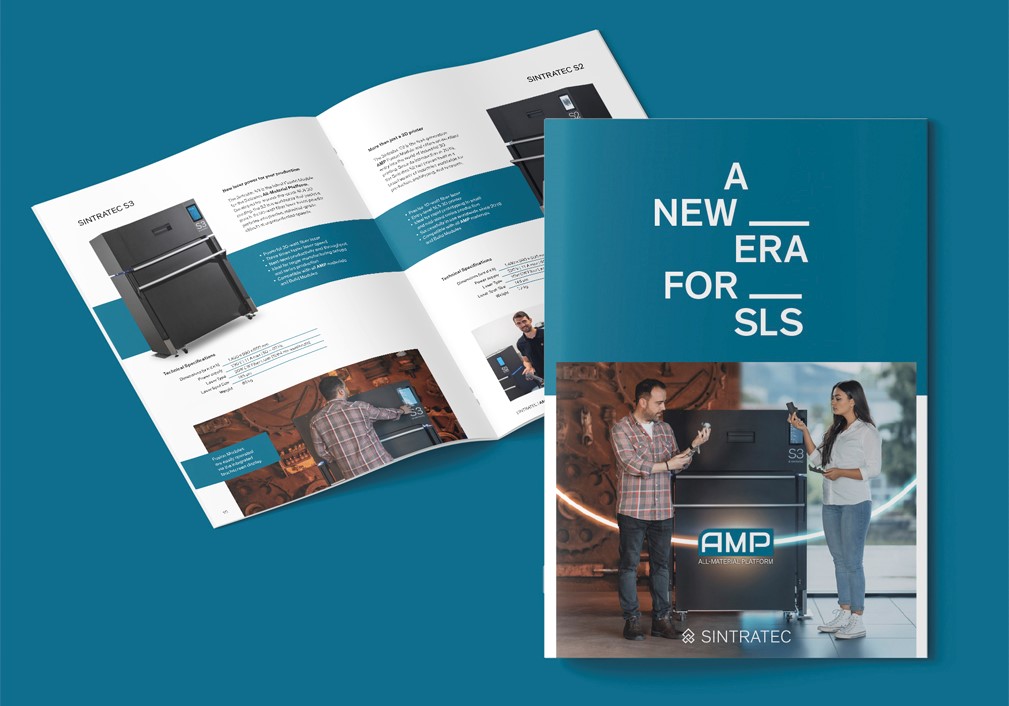Meeting the Pioneer of Additive Design
Visiting Stephan Henrich in Stuttgart
Henrich is calm, formulates thoughtfully. Perhaps this is why the designer and lecturer is interested in the dynamic, the confusing, the direct. His “robotised” furniture acts as a counterpoint to the otherwise so static architecture – with the exception of the obligatory movable elements such as doors and lifts. The designs speak a language of their own, which, surprisingly, is understood by everyone: From the aesthete to the technophile to the artist or banker. Stephan Henrich is probably the most interesting designer in the world to incorporate 3D printing technology into his works. As a pioneer of “additive design,” he teaches architecture and design at several universities – most recently at the State Academy of Art and Design in Stuttgart.
Fascinated by creatures
Inspired by nature
Be it hoof-like ankles that level a table on uneven ground, or octopus-like chandeliers moving in slow motion (for local owners with high expectations), Stephan Henrich’s creativeness reaches far. Characteristically, the mechanical and the creaturely represents a recurring motif in his works. Stephan Henrich says: “I don’t want to develop dead devices”. The inspiration of the living, which he brings into architecture and technology, originates from nature. The resulting shapes from bionics, for instance, would go very well together with 3D printing, he explains.
The pieces of furniture tell stories about their movement. Objects that shift or transform could be animated. “The robots also seem like creatures to us,” he says. Sometimes they also challenge their users, like the spider-like lightweight structures with branches and legs, which could also be traps.
Perfect symbiosis with additive technologies
A Parisian architecture firm where he worked produced huge SLS models for research purposes. “Then magic struck me. I threw myself into this technology and began to think ‘additively’. Over the years, I’ve become familiar with creating SLS designs.”
Exploring material properties
Stephan Henrich uses simulation software to perfect the stylishly shaped 3D structures. When creating things, the designer is not afraid of tools. “My first liberation was the advent of 3D modelling. The second liberation was 3D printing with its procedural characteristics, which often help to shape the design process.”
The knowledge of material properties based on experience is of central importance. At what diameter does the material become flexible? How thin must the wall thickness be to make the object flexible without breaking? All this know-how flows into the creation process at an early stage. It is only in the final polish that the design is also optically optimised.
A laser sintered wallet
The laser sintered wallet confirms this knowledge in particular. The invention consists of a single component and is therefore 3D printed in just one process. With the combination of stable and flexible parts, Stephan Henrich creates functions: Two snap-in lips close the “purse” and a mechanical ingenuity gently pushes the credit card so that it protrudes from the compartment and can be pulled out.
The practical thing about it is, that the interwoven structure allows you to see how much money is in it even when closed. Thanks to the stretch feature, the wallet can also be carried comfortably. The two layers of meshes wound into each other in opposite directions and form a kind of meta-structure with an optical effect.
Sintratec S2: The next step
Whether pentagonal or hexagonal structures, Stephan Henrich is ultimately interested in printing functional end parts. SLS technology with its great freedom of construction is the driving force that keeps pushing the development of his designs forward. He also regards the possibility of immediate testing of 3D printed parts as an important advantage.
What were his requirements for an SLS system? “I want an easy to use machine that doesn’t take up a lot of space and therefore fits well in my studio”. Stephan Henrich is among the first users of the new 3D printing system Sintratec S2.

“SLS could become a way of thinking design."
Stephan Henrich
Designer and Lecturer
Robotic-Design and Architecture













